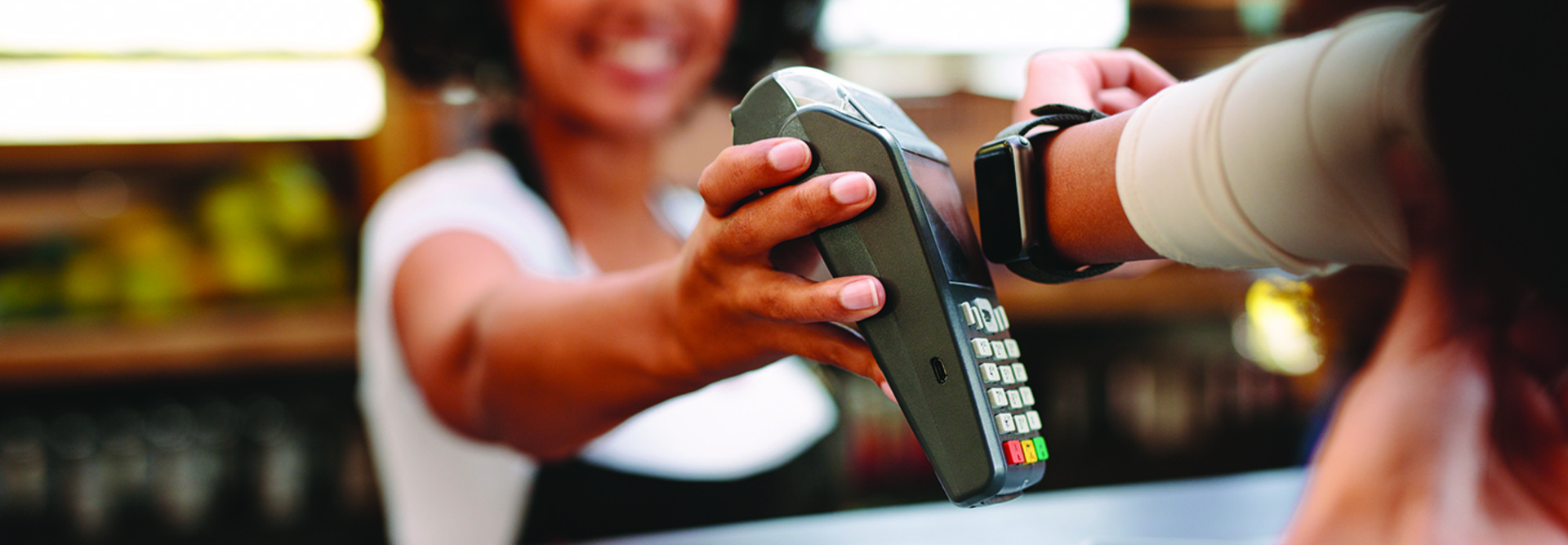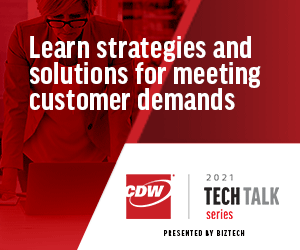Wearables Can Shape the Customer Experience
Perhaps the most obvious (and widely adopted) use of wearable technology in retail is around payments. A rise in the adoption of contactless payment has caused shoppers to grow more comfortable with relying on digital wallets to make their payments. The technology gained significant traction during peak times of the COVID-19 pandemic, as retailers made efforts to limit the amount of contact employees had with customers.
Contactless payment has become essential to how many organizations conduct their business today. These transactions are often made with smartphones, but those who have smartwatches can bypass the need for a phone. This convenience can be a crucial element of the in-store experience.
This is also just the beginning. According to Deloitte, many industry leaders are envisioning a completely contactless experience, from browsing to purchase, all facilitated by wearables and radio-frequency identification technology.
Another emerging use case retailers are testing is delivering personalized marketing through wearable tech. Deloitte reports that data gathered from wearables can help retailers push out specific coupon offers or visual marketing to potential customers as they approach stores, increasing foot traffic.
MORE FROM BIZTECH: How a new era of RFID can help re-shape retail.
Other retailers are experimenting with using Bluetooth Low Energy to connect to customers’ wearable devices in stores. This could allow retailers to track where shoppers go and which items they interact with, helping to provide them with the most personalized experiences.
Employees Can Use Wearables to Streamline Operations
The customer experience often takes center stage when it comes to retail, but organizations can also help their employees by adopting certain wearable use cases. One of those use cases is to streamline communication and collaboration between employees. Deloitte reports that one large retailer is using wearable technology to help employees communicate with each other hands-free. It also has a location triangulation element that can allow the organization to better study employee workflow.
Using employees effectively is key to a retailer’s success, but it’s equally as important to use store and warehouse space effectively. Store and product layouts can evolve with data gathered from wearables. Planners can also use line-of-sight wearables to help visualize designs and blueprints within a store, according to Deloitte.
Employees can use devices like smartwatches to see what tasks they’re assigned, get interactive instructions, and even reach out to other workers and help desks for support.
Shifts across industries during the pandemic have caused many sectors to re-evaluate how they deliver their services and products. As retail moves toward more personalized, omnichannel experiences, wearable technology can help elevate organizations above the competition.











